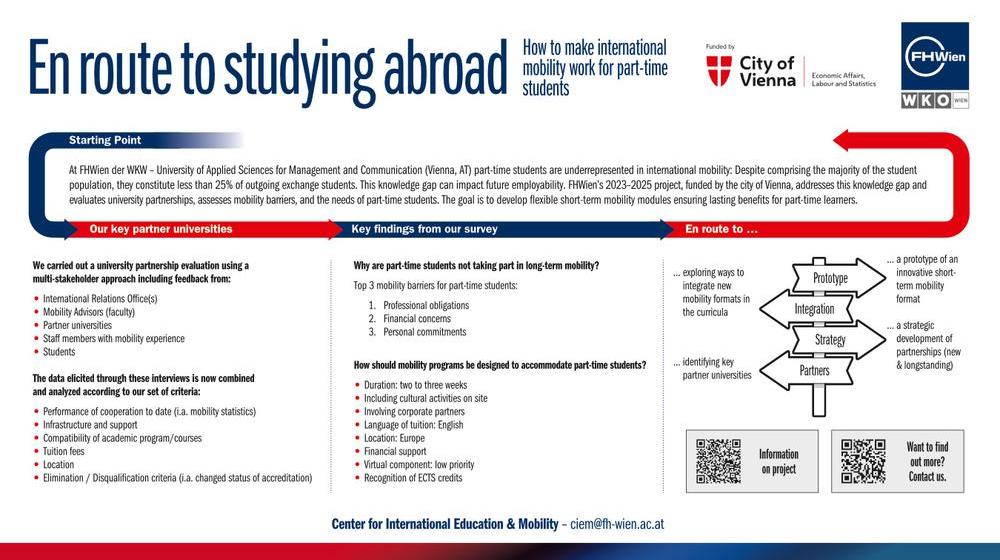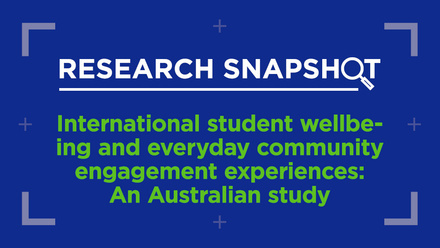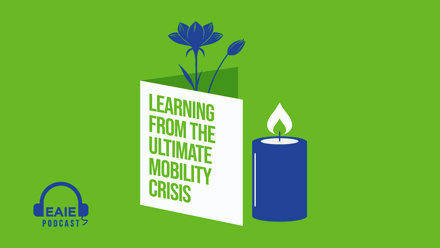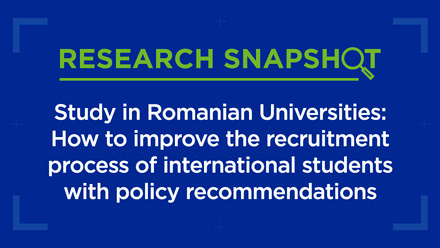En route to studying abroad: How to make international mobility work for part-time students
International student mobility offers invaluable personal and professional growth opportunities. At FHWien der WKW – University of Applied Sciences for Management & Communication, part-time students comprise the majority of the student population, yet they remain significantly underrepresented in exchange programmes. This limits their career prospects in an increasingly globalised job market.
To address this, FHWien der WKW launched a three-year project in 2023, funded by the city of Vienna, aimed at evaluating higher education institution (HEI) partnerships, identifying mobility barriers, and assessing the needs of part-time students. The main goal is to develop a flexible mobility format that can be integrated in the curricula of part-time degree programmes as well as establishing strategic partnerships that support pushing these innovative models forward.

Click on the image to see full view
Identifying key partnerships
As part of our evaluation of higher education institution partnerships, we engaged with a diverse group of stakeholders, including international relations offices, mobility advisors, partner HEIs, staff with international mobility experience, and students. The elicited data was analysed according to the following criteria:
- Performance of cooperation to date (e.g., mobility statistics)
- Infrastructure and support
- Compatibility of academic programme/courses
- Tuition feesLocationElimination / Disqualification criteria (e.g., changed status of accreditation)
Understanding mobility barriers
Our findings reveal that part-time students face three main obstacles that hinder participation in long-term mobility opportunities:
- Professional obligations – Many part-time students work alongside their studies, making it difficult to commit to extended periods abroad.
- Financial concerns – Limited financial resources and additional costs deter students from participating in mobility programmes.
- Personal commitments – Family and other responsibilities make long-term travel impractical.
En route to: Short-term experience abroad
To make international experiences accessible to part-time students, we propose a mobility model with the following key features:
- Short duration: Programmes lasting two to three weeks to accommodate work and personal commitments.
- Corporate partnerships: Involving companies to enhance professional relevance and provide networking opportunities.
- Cultural engagement: On-site activities to enrich the international experience.English as the language of instruction: Ensuring inclusivity and accessibility.European locations: Reducing travel costs and logistical barriers.
- Financial support: Making mobility feasible for students with budget constraints.
- Recognition of ECTS credits: Ensuring that mobility experiences contribute to academic progress.
How to make international mobility work for your part-time students
If you work in higher education, student mobility, or curriculum design, here are some actionable insights from our project:
- Adapt mobility programmes to part-time students’ needs: Offering short-term and flexible options can significantly increase participation rates.
- Leverage corporate partnerships: Engaging businesses in mobility programmes can enhance employability outcomes.
- Ensure financial accessibility: Providing targeted financial aid can reduce barriers.
- Incorporate cultural and professional elements: A well-rounded experience maximises both personal and professional benefits for students.
- Evaluate and optimise partnerships: Regular assessment of HEI collaborations ensures that mobility opportunities align with students’ academic and career goals.
By rethinking mobility programmes to better accommodate part-time students, we can foster more inclusive and effective international exchange opportunities. This shift benefits not only the students but also institutions and employers seeking graduates with international competencies.






